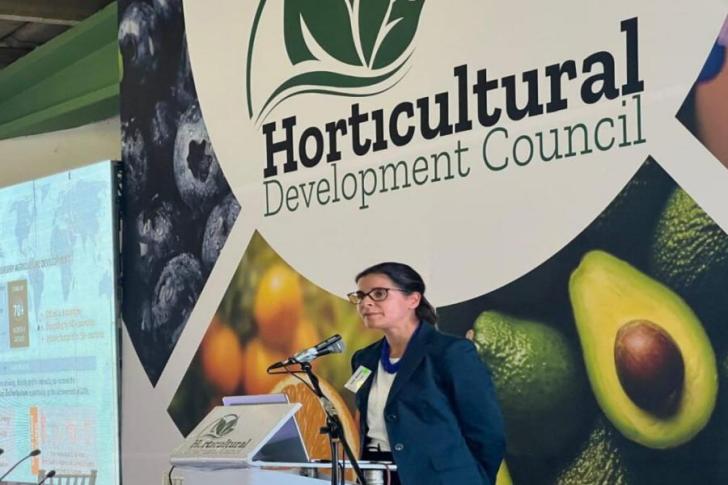Business / Local
Costs push out horticulture farmers in Zimbabwe
10 Aug 2025 at 11:06hrs |
31 Views

The Horticulture Development Council (HDC) has expressed deep concern over escalating production costs in Zimbabwe's horticulture sector, warning that the trend is driving some farmers to consider relocating operations to neighboring Zambia, where input and production expenses are significantly lower.
In a statement released this week, the HDC highlighted that the sharp rise in the cost of inputs such as fertilizers, seeds, pesticides, and irrigation equipment is threatening the long-term viability of the sector. These rising costs, combined with limited access to affordable financing and essential resources, are eroding profit margins and placing immense pressure on farmers.
"Zimbabwe's horticulture industry, once a powerhouse for foreign currency generation and a major contributor to livelihoods, is now at a crossroads," the council said. "Without swift and targeted policy interventions, the country risks losing a critical economic pillar."
The HDC is calling on the government and private sector partners to implement urgent measures, including subsidizing agricultural inputs, improving access to affordable credit, and providing technical education to growers. These interventions, stakeholders argue, are essential to keeping the sector competitive and preventing a further exodus of producers.
Zambia, with its comparatively lower input costs and more favorable operating environment, has emerged as an attractive alternative for growers seeking to maintain profitability and ensure business continuity. This growing trend poses a strategic threat to Zimbabwe's agricultural base.
Industry experts warn that if current conditions persist, Zimbabwe could lose a significant share of its regional market presence and export potential. "This is not just about farmers leaving — it's about jobs, food security, and the economic ripple effects on communities that depend on this sector," said one agricultural economist.
As the peak production season approaches, the HDC has urged stakeholders to come together and craft a comprehensive strategy to restore confidence and investment in horticulture. Without deliberate efforts to address cost pressures and improve market conditions, the future of Zimbabwe's horticulture sector remains uncertain.
In a statement released this week, the HDC highlighted that the sharp rise in the cost of inputs such as fertilizers, seeds, pesticides, and irrigation equipment is threatening the long-term viability of the sector. These rising costs, combined with limited access to affordable financing and essential resources, are eroding profit margins and placing immense pressure on farmers.
"Zimbabwe's horticulture industry, once a powerhouse for foreign currency generation and a major contributor to livelihoods, is now at a crossroads," the council said. "Without swift and targeted policy interventions, the country risks losing a critical economic pillar."
Zambia, with its comparatively lower input costs and more favorable operating environment, has emerged as an attractive alternative for growers seeking to maintain profitability and ensure business continuity. This growing trend poses a strategic threat to Zimbabwe's agricultural base.
Industry experts warn that if current conditions persist, Zimbabwe could lose a significant share of its regional market presence and export potential. "This is not just about farmers leaving — it's about jobs, food security, and the economic ripple effects on communities that depend on this sector," said one agricultural economist.
As the peak production season approaches, the HDC has urged stakeholders to come together and craft a comprehensive strategy to restore confidence and investment in horticulture. Without deliberate efforts to address cost pressures and improve market conditions, the future of Zimbabwe's horticulture sector remains uncertain.
Source - fingaz
Join the discussion
Loading comments…



























